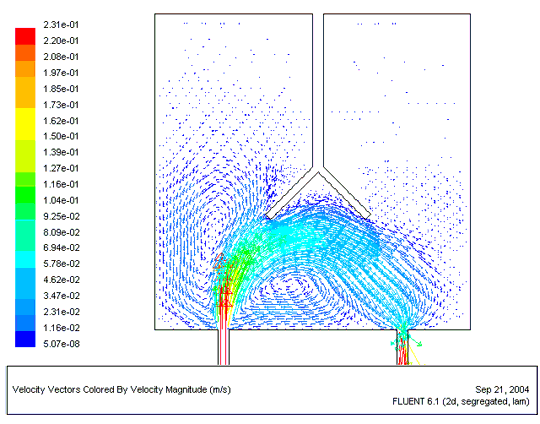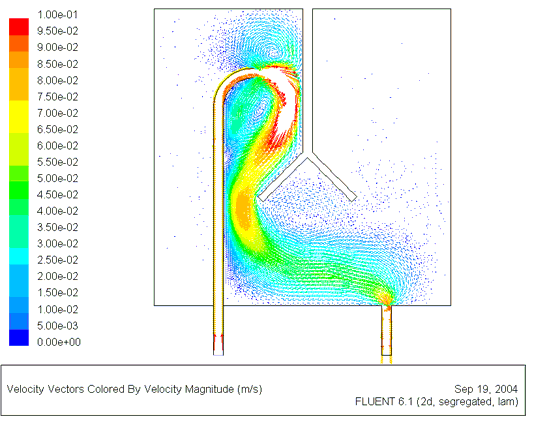

The placenta plays a critical role in maintaining and protecting the developing fetus. It is responsible for the delivery of oxygen and nutrients from the mother to the fetus and for removing waste products from the fetus. The classical anatomy of the mature placenta describes a complex branching tree of fetal capillaries in each cotyledon which is bathing in maternal blood supplied from the spiral arteries. The feto-placental circulation originates at the insertion of the two umbilical arteries in the chorionic plane, which branch into disperse and magistral branching networks of the chorionic arteries. The intra-placental arteries, which branch off the chorionic arteries at angles of 900, constitute the stem villi that perfuse the cotyledons via capillary complexes that connect the arterial and venous feto-placental vasculature. Oxygenated blood is returned to the umbilical vein via the chorionic veins that run under the arteries. The maternal vascular bed of the uterus changes dramatically during pregnancy as existing vessels dilate and new vessels form. The objective of the proposed study was to develop a computational model of maternal blood flow in the mature placenta in order to investigate the classic approach about blood perfusion in the placenta labyrinthine.
The analysis was conducted by implementing the finite volume numerical software of FLUENT for steady maternal blood flow in a simple squared cell (30 x 30 mm) that represents a single cotyledon. A branching tube that emanates from the chorionic plat at the top represents the fetal stem vili that induces a disturbance to maternal blood flow. In the classical description, maternal blood is supplied from an inlet at the bottom that represents a spiral artery and drained into a maternal vain also located at the bottom of the cell about 20 mm from the inlet. The inlet velocity of maternal blood flow was set to 0.22 m/s. We also simulated a case where maternal blood is supplied from the spiral arteries to nearby the chorionic plat, as in sheep or bovine placentas. The simulated pattern of blood flow clearly demonstrated that perfusion of the fetal capillaries is significantly more efficient when the maternal labyrinthine is made of a complex network of vessels interwoven with the fetal capillaries (similar to heat exchangers) as compared with the classical drawing of a bath with maternal blood supplied from the bottom

